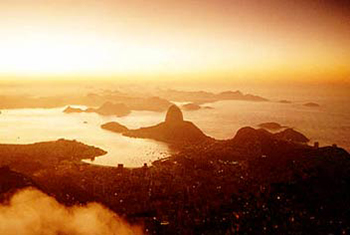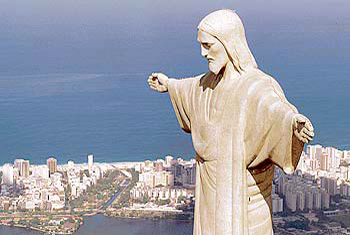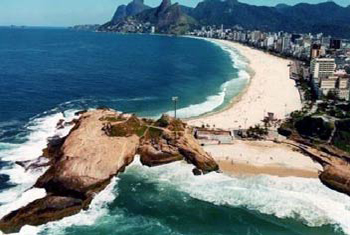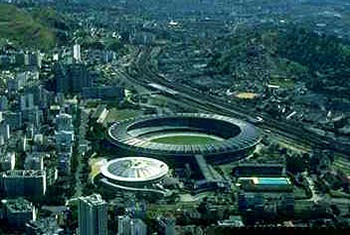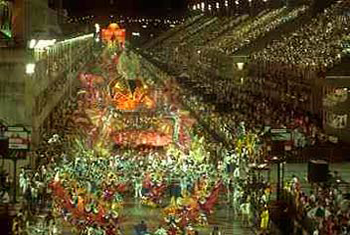Rio de Janeiro is the second largest city in Brazil, with 5.5 million inhabitants. Rio, as it is generally called, is the capital of the Rio de Janeiro State and is located in Brazil’s southeastern region. Being a coastal city, Rio has several beaches (many of them world-famous, such as Copacabana and Ipanema) and a dramatic landscape with mounts and cliffs rising from the ocean, luxuriant vegetation and a warm tropical climate. It’s not by chance that Rio is Brazil’s tourist gateway and is closely associated with the image foreigners have of the country. Visiting Rio is not like having visited the whole country (it’s a big country, believe us!), but Rio certainly is worth a try, so that you can find out why the locals, known as “Cariocas”, call it “the Marvelous City” or “Cidade Maravilhosa”.
The city is bathed by the Atlantic Ocean to the south, by the Guanabara Bay to the east and by the Sepetiba Bay to the west. The metropolitan area of Rio includes 17 municipalities, totaling 2,078 sq. mi. (5,384 sq. km).
Although Rio is a tourist city, it is also an important industrial center (though you, as a traveler, may not be particularly interested in this bit of information) and has a busy harbor.
Rio’s attractions are manifold, ranging from beautiful beaches to historical monuments, to a notorious nightlife, and to the locals’ way of life, which includes some of the most popular and renowned festivities in the world, such as New Year’s Eve and Carnival.

